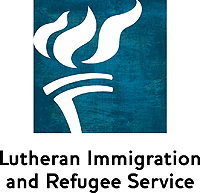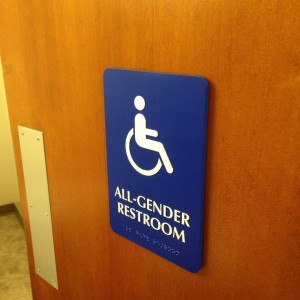Wednesday, November 25th
7:30 am – NO MEN’S BREAKFAST
2:00 pm – Pastor Amy at Aase Haugen
7:00 pm – Thanksgiving Eve service at Decorah Covenant Church
7:00 pm – NO CHOIR REHEARSAL
8:00 pm – NO BAND REHEARSAL
Thursday, November 26th and Friday, November 27th
OFFICE CLOSED
Sunday, November 29th
8:45 am – Choir Warm-Up
9:30 am – Worship with Holy Communion – BROADCAST (11am), First Sunday of Advent, lighting of Advent wreath, dedication of new paraments
10:30 am – Fellowship Hour
10:50 am – Intergenerational event on Advent Prayer Calendar/Praying in Advent









